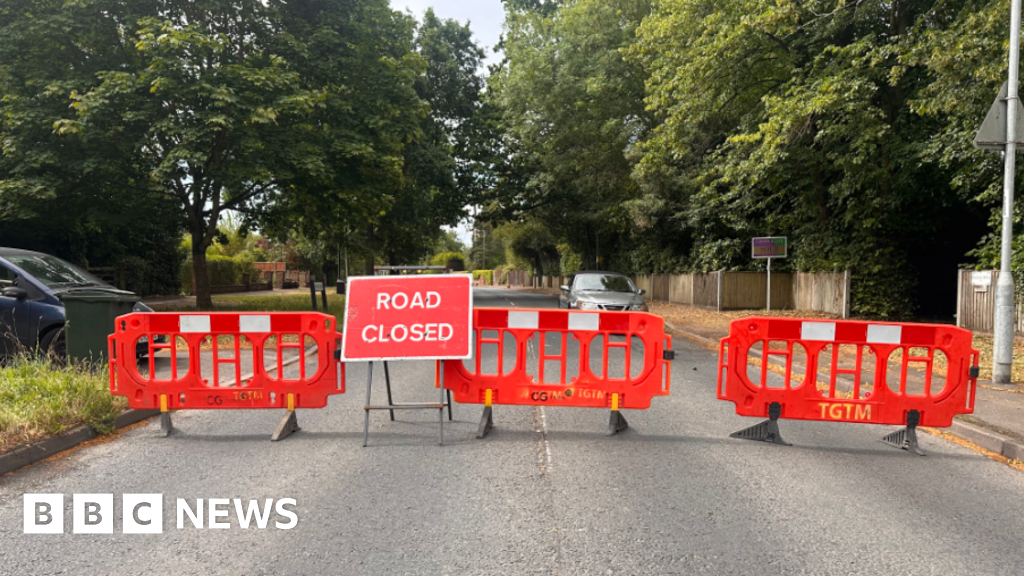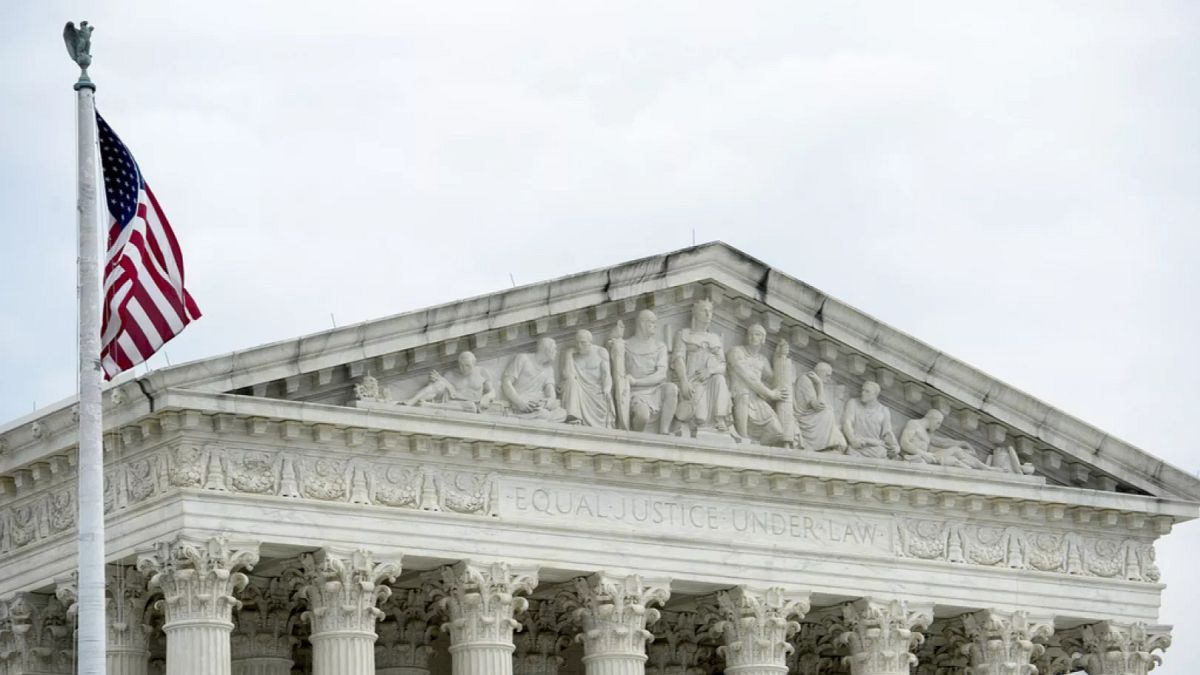Methamphetamine seizures in the East Asia region hit 236 tons last year — up 24% from 2023, with most of this taking place in Southeast Asia, according to the United Nations Office on Drugs and Crime (UNODC).
Thailand alone seized about 130 tons last year, becoming the first country in the region to intercept more than 100 tons in a single year.
Most of the meth originated in the "Golden Triangle," a region spanning the jungle frontiers of Myanmar, Thailand and Laos.
"The 236 tons represent only the amount seized; much more methamphetamine is actually reaching the market," said Benedikt Hofmann, UNOD's acting regional representative for Southeast Asia and the Pacific, in a statement.
"While these seizures reflect, in part, successful law enforcement efforts, we are clearly seeing unprecedented levels of methamphetamine production and trafficking from the Golden Triangle, in particular Shan State," he added.
On June 17, Indonesia's National Drug Agency announced its largest-ever bust: two tons of methamphetamine seized after a five-month sting operation tracking shipments from the Golden Triangle.
The haul is estimated to have a street value of between $200 million and $400 million (€171 million and €341 million).
Consequences of civil war
Joshua Kurlantzick, senior fellow for Southeast Asia at the Council on Foreign Relations, told DW that there have been major crackdowns across the region — except in Myanmar, where civil war has raged since 2021.
Although Myanmar has long been the hub of the region's narcotics trade, the military junta and its proxies, who seized power in 2021 after toppling the country's democratically elected government, have been accused of moving into the drug business to bankroll their war effort.
The lawlessness gripping much of the country has also allowed producers to operate with greater freedom.
Zachary Abuza, a professor at the National War College in Washington, noted that while seizures are up nearly 25%, street prices in many countries remain unchanged — or even lower — suggesting a dramatic increase in supply.
Most of this comes from Shan State, a historic drug production stronghold. He added that ketamine production, another growing concern, is largely centered in Cambodia.
Moreover, as China comes "under increasing pressure from the Trump administration to curb the production and export of fentanyl, you are starting to see more production move to Myanmar," Abuza told DW.
Falling places
The Golden Triangle has been a global narcotics hotspot for decades.
But recently, the drug trade has been eclipsed as the region's most profitable and troubling criminal enterprise.
A landmark report last year from the United States Institute of Peace estimated the cyberscam industry to be worth as much as €39.3 billion (around $42 billion) in mainland Southeast Asia — equivalent to a third to two-fifths of the formal economies of Cambodia, Laos, and Myanmar.
Last month, UN special rapporteurs warned that the cyberscam crisis in the region "has reached the level of a humanitarian and human rights crisis," with hundreds of thousands of people trafficked into forced labor under slave-like conditions.
China and the US have both escalated crackdowns on the illicit sector in 2025.
Washington has sanctioned individuals and companies in Cambodia and Myanmar allegedly linked to cyberscam operations.
Scam factory: Behind Asia's cyber slavery
Beijing, meanwhile, has intervened in Myanmar's civil war to pressure rival factions to dismantle scam networks and has also leaned on Bangkok to act against compounds along Thailand's borders with Myanmar and Cambodia.
Drugs may now be the region's second-largest illicit revenue stream — trailing only cyber "pig-butchering" scams — but the two criminal economies are deeply intertwined, Bridget Welsh, honorary research associate at the University of Nottingham's Asia Research Institute Malaysia, told DW.
Follow the money
Analysts believe that the cyberscam boom is an offshoot of the region's illegal gambling sector, originally developed to launder money from the drug trade.
"Failing to reduce drug production and distribution only builds the criminal ecosystem," said Welsh.
Singapore has recently intensified efforts to clamp down on money laundering linked to drugs and cyber scams. Its police Anti-Scam Command led an operation last month during which nearly 50 suspected money launderers were arrested.
Still, most governments in the region "are turning a complete blind eye because money laundering is good for the economy, good for real estate development, at a time of global economic uncertainty," Abuza said.
"There needs to be an international effort to break the financial backbone that supports these criminal entities," he added.
The broader question is whether Southeast Asian states have the capacity — let alone the will — to confront the problem.
The rising volume of drug seizures suggests law enforcement is operating as it has for years, Sebastian Strangio, Southeast Asia editor at The Diplomat, told DW.
The main problem now, he added, is that law enforcement agencies are struggling to contain transnational crime "in any of its forms."
"The ghastly proliferation of scamming operations simply highlights the ubiquity of this type of crime, and the inroads that it has made into the structures of the state in some countries," Strangio said.
How Europe became addicted to cocaine
Edited by: Keith Walker

 3 hours ago
3
3 hours ago
3







